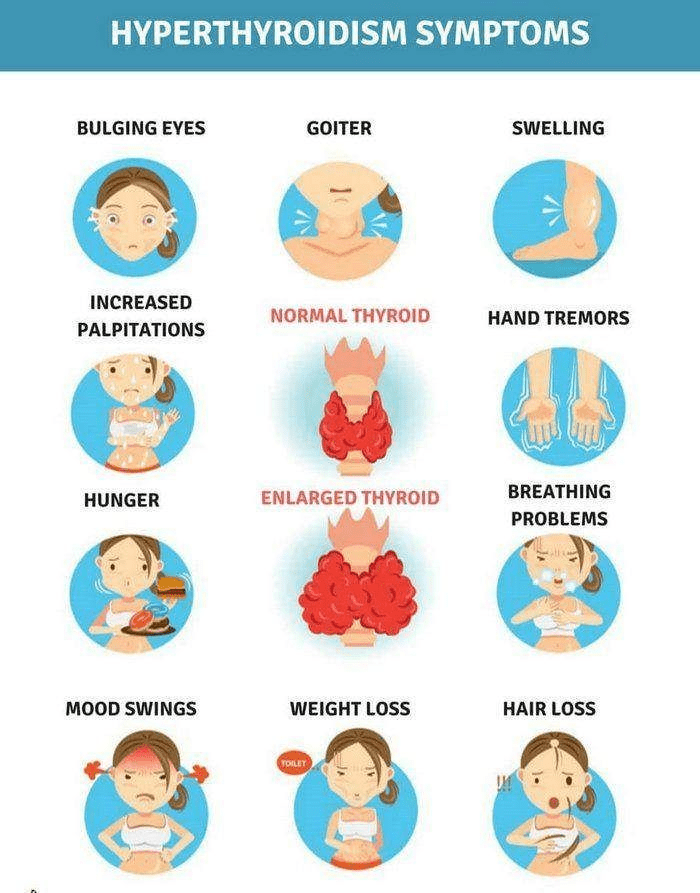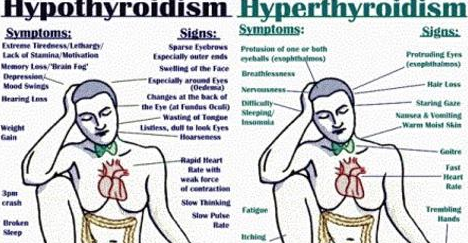

What are the longer-term implications of secondary hyperparathyroidism? Secondary hyperparathyroidism is usually treated with calcium and/or vitamin D supplements, which have no noted side-effects if taken as directed by a doctor or pharmacist. Are there any side-effects to the treatment? Secondary hyperparathyroidism is often initially treated medically rather than surgically. Typically, the underlying cause of the condition needs to be treated, rather than the hyperparathyroidism itself, by correcting vitamin D deficiency or treating chronic kidney disease, for example. How is secondary hyperparathyroidism treated? These tests can all be carried out as an outpatient. Bone density scans (DXA) and X-rays may be used to look for osteomalacia. Secondary hyperparathyroidism can be diagnosed with simple blood tests and these will reveal low or normal blood calcium, raised parathyroid hormone. How is secondary hyperparathyroidism diagnosed?

Secondary hyperparathyroidism is not inherited. Is secondary hyperparathyroidism inherited? It is not known how common this endocrine disorder is, but vitamin D insufficiency is common in the UK given the latitude of the UK and relative lack of sunlight, and so it is believed that many less severe cases of secondary hyperparathyroidism remain undiagnosed, particularly in patients with vitamin D deficiency. The consequences or risk from this for otherwise healthy people remain unproven. Secondary hyperparathyroidism can affect anyone with kidney disease, a malabsorption problem, a lack of calcium or vitamin D in their diet or too little exposure to sunlight. How common is secondary hyperparathyroidism? In severe cases they can develop osteomalacia (soft bones) which can cause fractures and bone deformity (in children this is rickets). People with vitamin D deficiency may notice muscle aching and weakness, or aching bones. Most of the symptoms of secondary hyperparathyroidism are due to the underlying cause. What are the signs and symptoms of secondary hyperparathyroidism? Also, vitamin D is activated in the kidney, so kidney disease reduces the effectiveness of vitamin D. The kidney’s ability to control blood calcium levels is reduced. In chronic kidney disease, several factors contribute to increasing parathyroid hormone production. In vitamin D deficiency, less calcium from food is absorbed in the gut, so blood calcium levels are low and this causes more parathyroid hormone to be produced. Vitamin D is necessary to absorb dietary calcium from the gut. The commonest causes are vitamin D deficiency from lack of sunlight exposure or malabsorption of vitamin D (small bowel disease, pancreatic disease, etc.), and chronic kidney disease. There are many causes of secondary hyperparathyroidism and it can occur in any condition that causes chronic hypocalcaemia. What causes secondary hyperparathyroidism? When calcium levels are low, parathyroid hormone is produced to try and raise blood calcium levels to normal. Long-term high parathyroid hormone secretion due to chronic hypocalcaemia is called secondary hyperparathyroidism. Some medical conditions can cause long-term (chronically) low levels of calcium in the bloodstream ( hypocalcaemia). The main action of parathyroid hormone is to keep blood calcium levels in a set range. There are four parathyroid glands, situated in the front of the neck, and they are normally about the size of a grain of rice. read more is also common, particularly when hypercalciuria occurs due to long-standing hypercalcemia.The parathyroid glands are located in the neck, just behind the butterfly-shaped thyroid gland They may cause pain, nausea, vomiting, hematuria, and, possibly, chills and fever due to secondary infection. Nephrolithiasis Urinary Calculi Urinary calculi are solid particles in the urinary system. Patients most frequently present with asymptomatic hypercalcemia. read more, and excessive bone resorption (leading to osteoporosis Osteoporosis Osteoporosis is a progressive metabolic bone disease that decreases bone mineral density (bone mass per unit volume), with deterioration of bone structure. Clinical features include muscle weakness. Causes include alcohol use disorder, burns, starvation, and diuretic use.

read more, hypophosphatemia Hypophosphatemia Hypophosphatemia is a serum phosphate concentration < 2.5 mg/dL (0.81 mmol/L). Principal causes include hyperparathyroidism. Primary hyperparathyroidism causes hypercalcemia Hypercalcemia Hypercalcemia is a total serum calcium concentration > 10.4 mg/dL (> 2.60 mmol/L) or ionized serum calcium > 5.2 mg/dL (> 1.30 mmol/L).


 0 kommentar(er)
0 kommentar(er)
